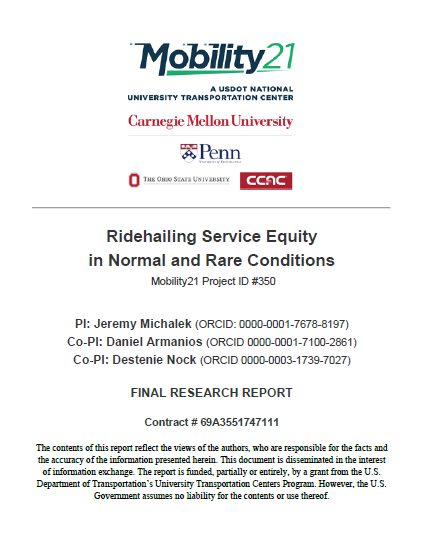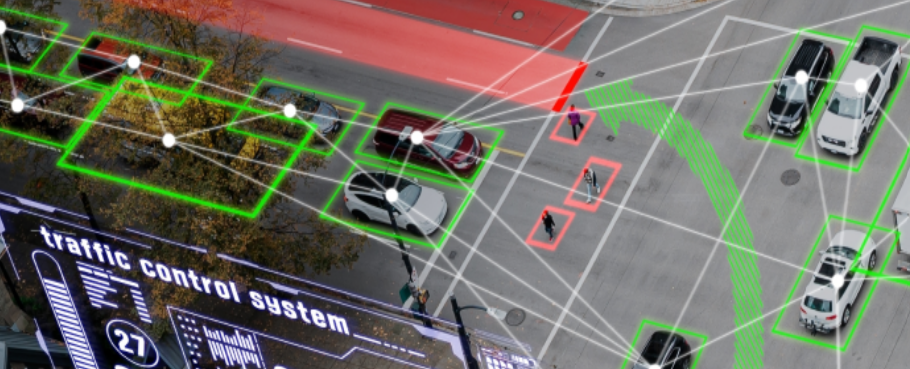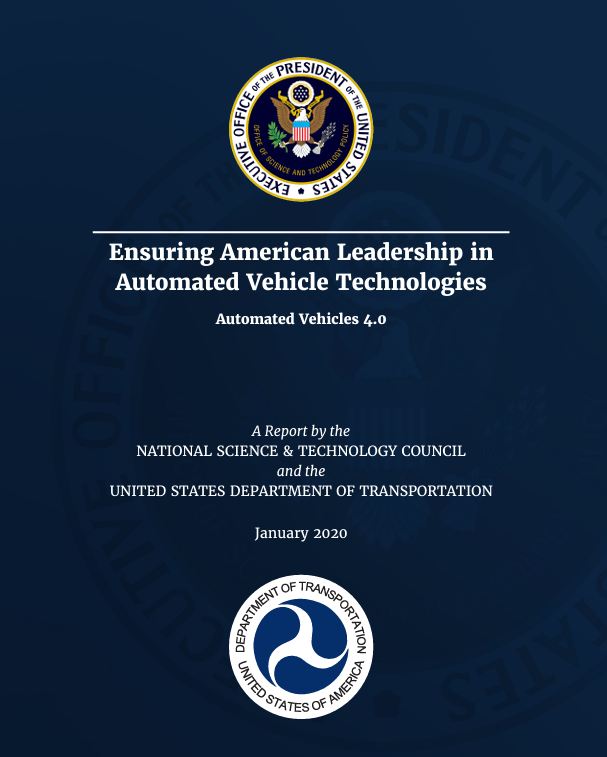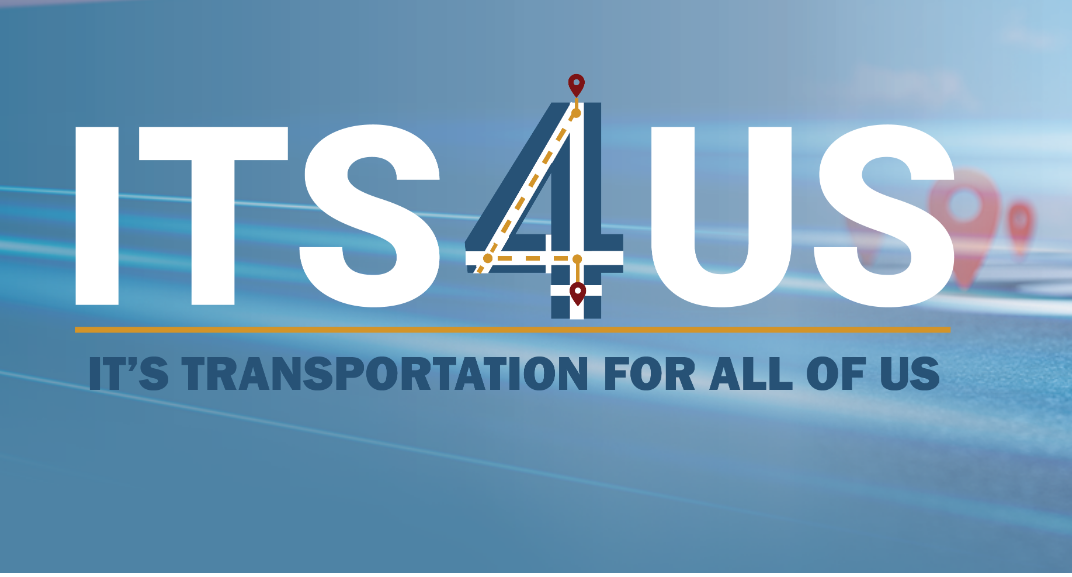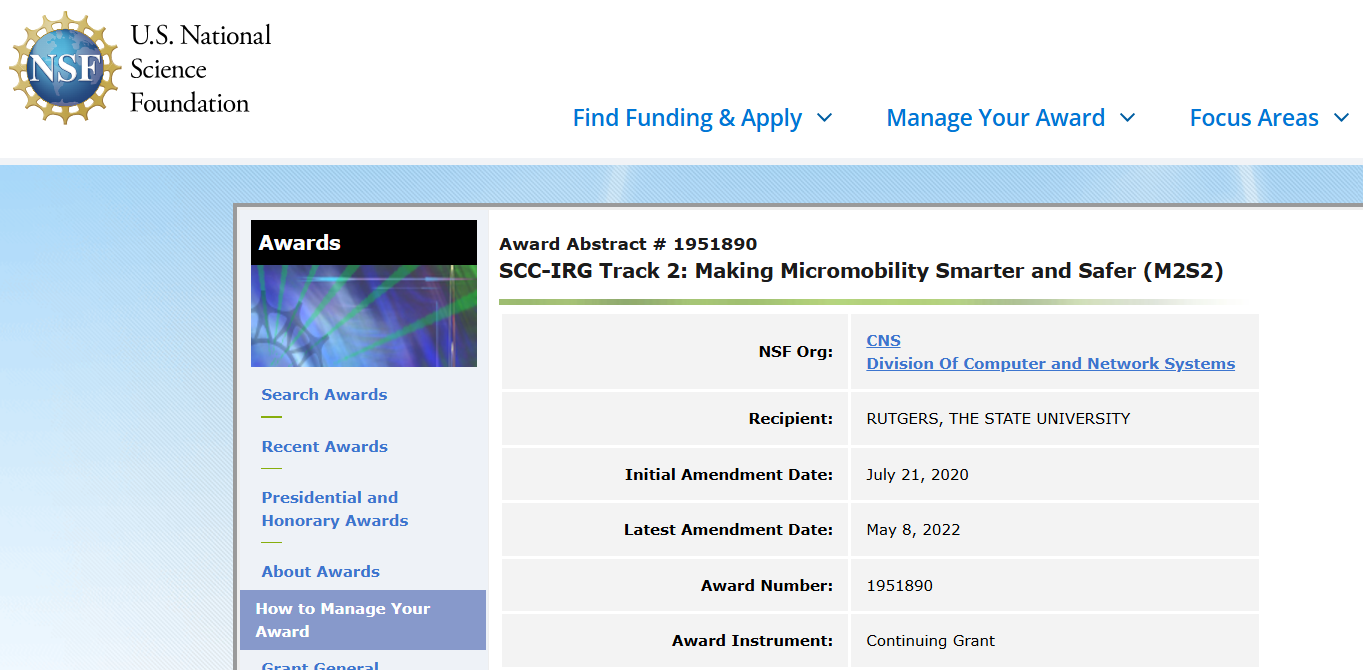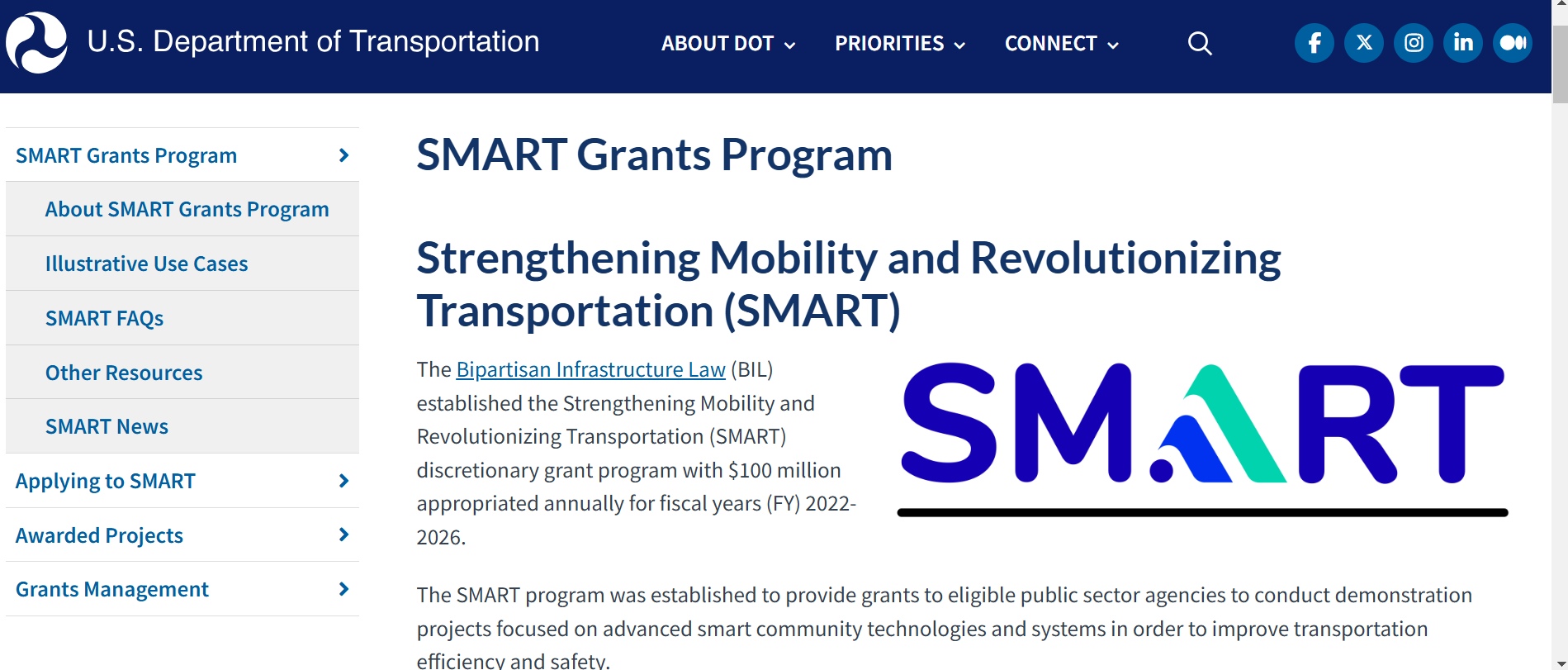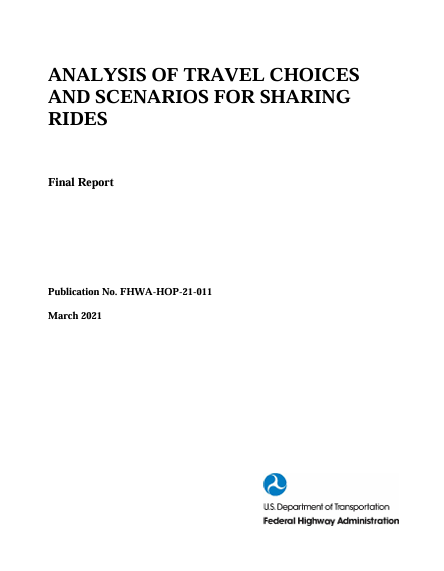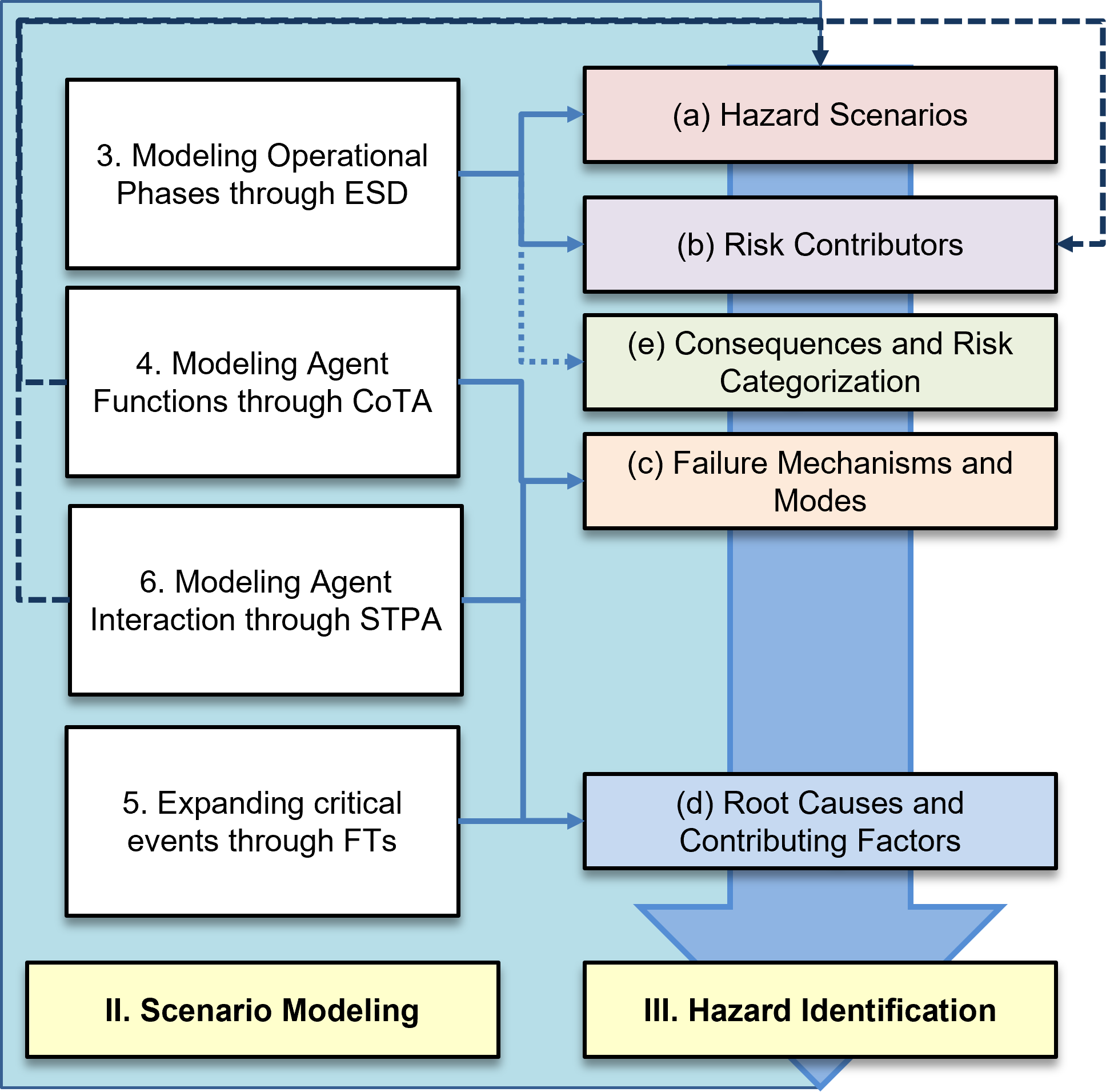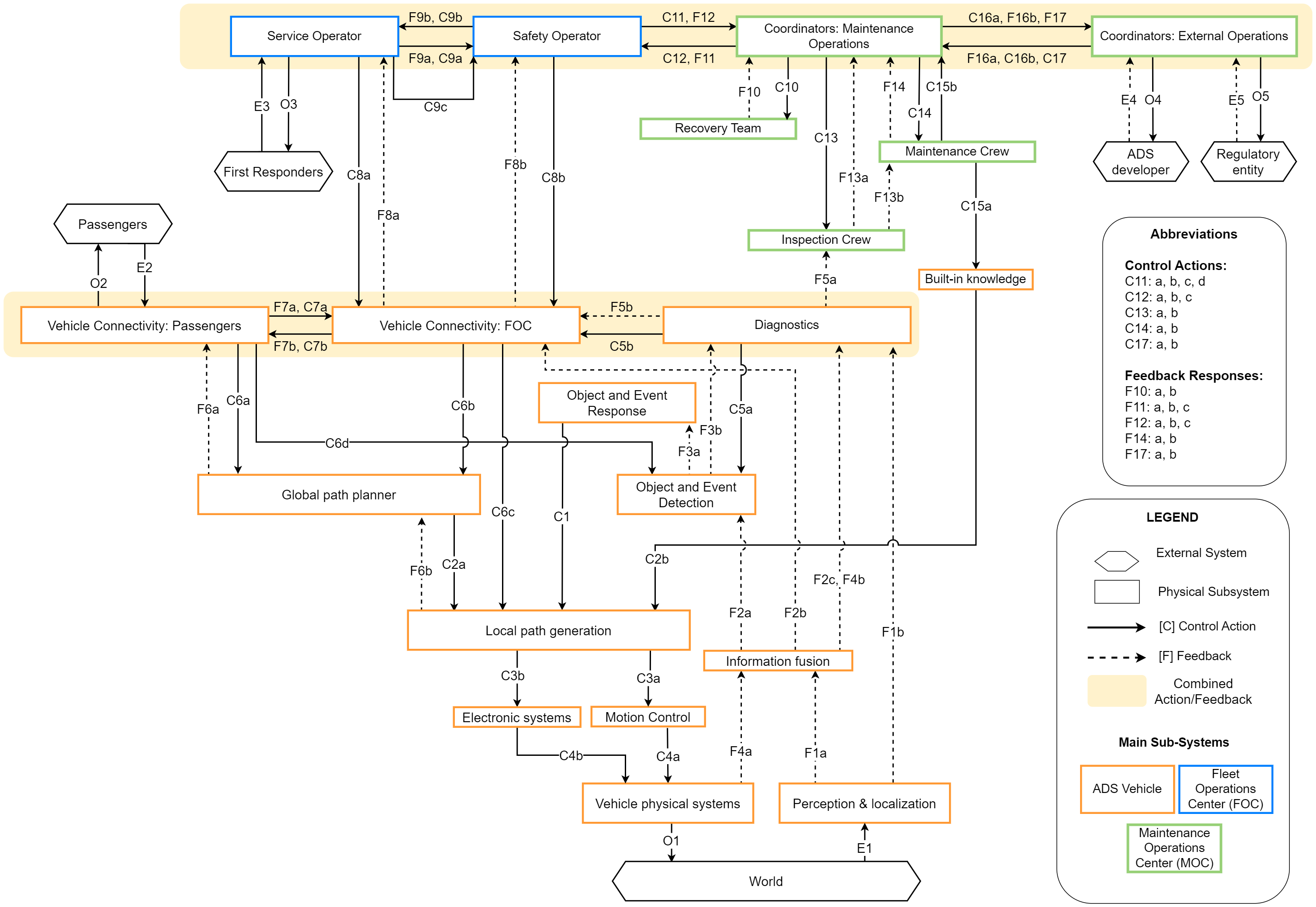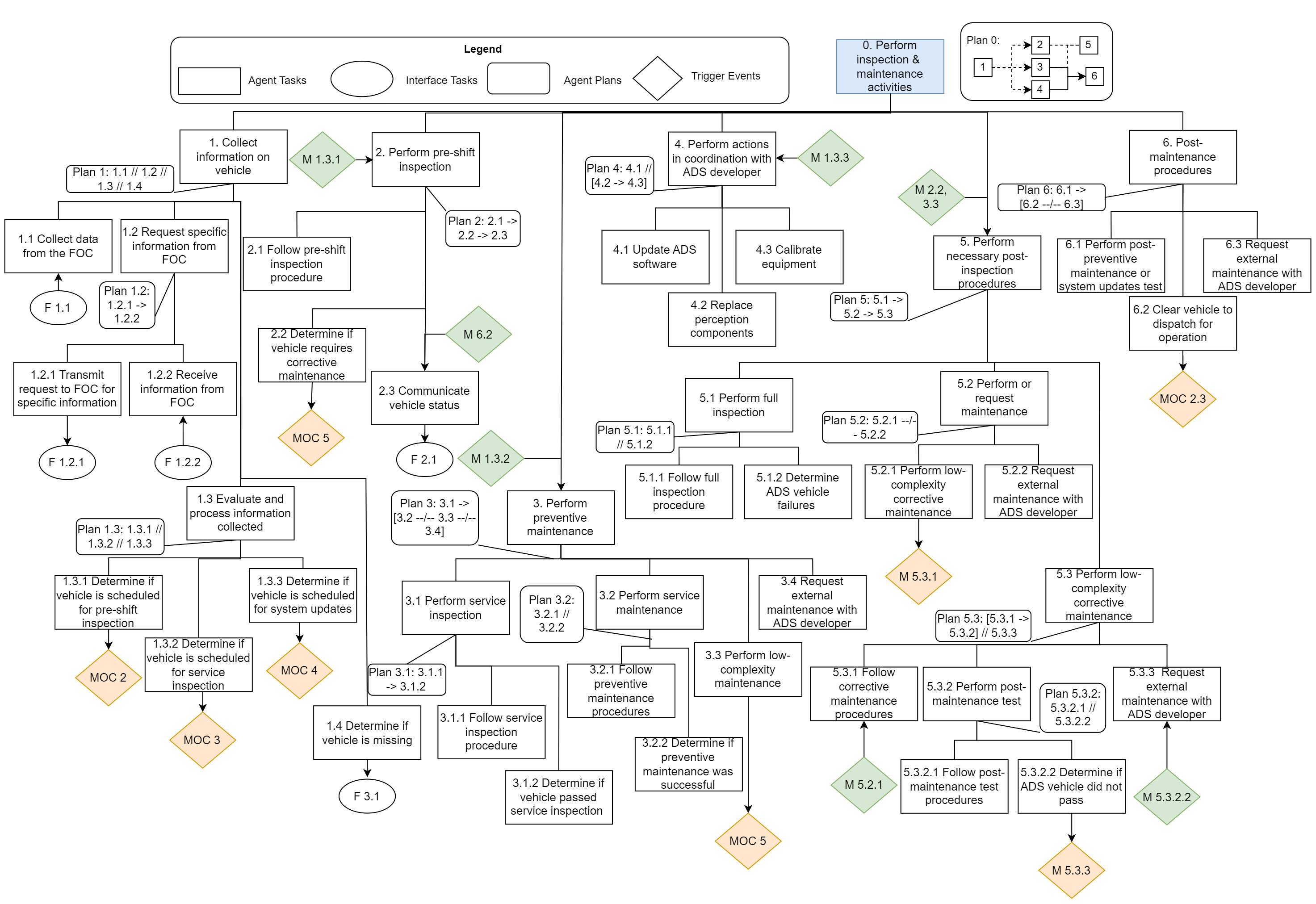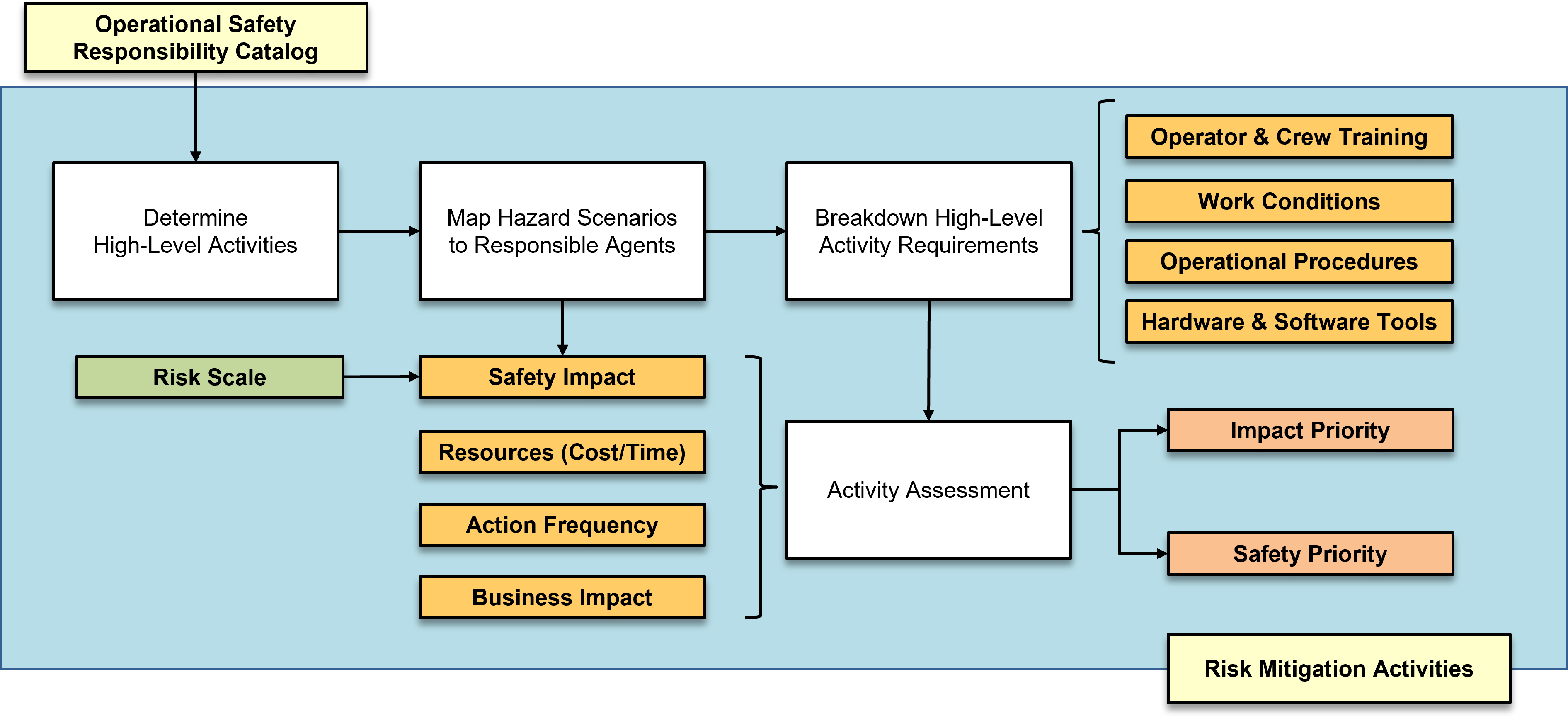Systems Analysis and Optimization
This thrust delves deeply into system-level efficiencies, travel demand, energy use, and the resilience and security of transportation systems amidst the integration of (C)AVs and new mobility solutions. The aim is to enhance operational tools for commercial and freight applications, facilitate multimodal systems, and ensure the safety and reliability of the system. Special emphasis is placed on developing tools, datasets, and methods that enable comprehensive research into these topics. This means not only analyzing planned scenarios but also identifying transition strategies that explore and navigate unintended consequences to achieve more sustainable, equitable outcomes when these technologies and services are deployed at scale. Moreover, the datasets and tools generated from this thrust are expected to inform and enable deeper analyses for the Land Use and Urban Planning and Equitable Use and Impacts thrusts, ensuring a cohesive and integrated approach to understanding the impacts of new mobility systems.
Key research areas include:
- System Safety: Examining safety impacts on pedestrians, cyclists, and other road users, as well as safety frameworks and strategies for integrating new technologies into existing transportation.
- Mobility Efficiencies: Exploring the impact of new mobility on demand, congestion, and energy consumption.
- Commercial and Freight Operations: Investigating the role of new mobility, especially AVs, in improving access to goods and services.
- Multimodal systems: Determining the potential of new mobility in multimodal networks.
- Data Strategy: Exploring data requirements for analyzing system impacts of new mobility technologies and services.
Related Resources and Links
Publications
Data | 2023
Paper | 2024
Paper | 2023
Report | 2023
Projects
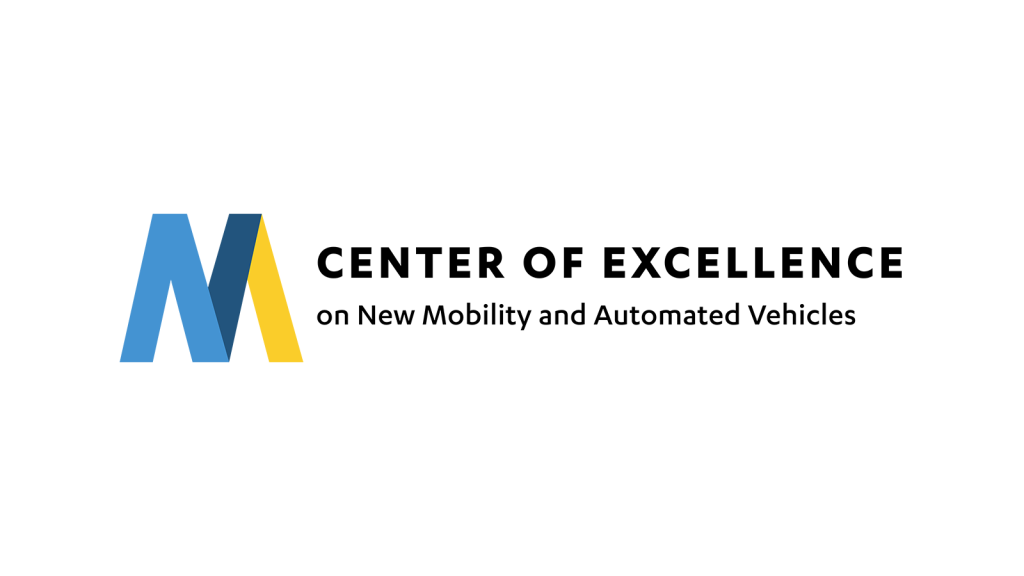
Mobility, Land Use, and Urban Planning, Systems Analysis and Optimization |
Cities would need to facilitate a multi-modal mobility platform, which provides travelers with a range of flexible mobility options, such as fixed-route or flex-route public transit, micro-transit, ride-sharing, car rentals, bike-sharing, scooters, and walking routes, some of which can be potentially served by automated vehicles. Those options altogether have potential to help residents reach businesses, employment, health care and other essential points of interest. This research acquires mobility service data to understand travel behavior in choosing mobility options, optimize design of such a platform by optimally placing mobility hubs with multiple mobility options, with the ultimate goals of improving system efficiency, increasing ridership, reducing system cost and enhancing travel safety.

Systems Analysis and Optimization |
Transportation agencies and researchers struggle with fragmented, incomplete, or unavailable mobility data, making it difficult to accurately model mobility patterns and predict future transportation demand. While various datasets exist—such as GPS trajectories, public transit records, traffic sensors, and household travel surveys—they are often disconnected, limited in scope, or proprietary, preventing cities from making fully informed planning decisions. These datasets, when properly integrated, have the potential to improve urban planning, transportation optimization, and system operations. This project aims to review available mobility data sources critical for mobility pattern analysis, build a mobility data fusion pipeline by using multiple cross-domain data sources, allowing for detailed synthesis and modeling of urban and rural activities, travel behavior, demand, and trajectories, as well as estimation/generation of network-wide travel patterns. Ultimately, this project will provide a scalable, transferable data fusion framework that agencies can use for demand prediction, transportation planning, and network optimization.
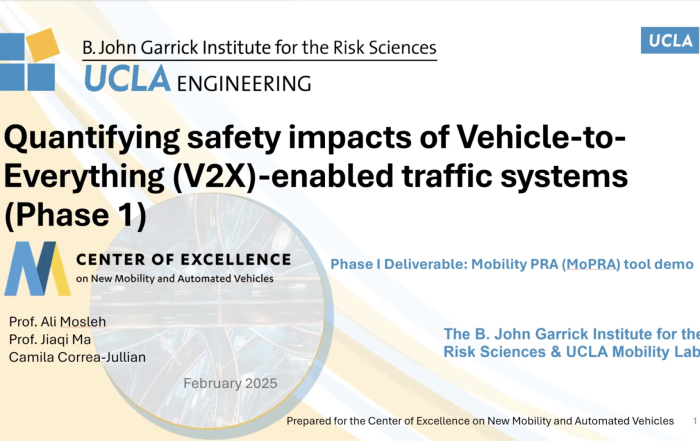
Systems Analysis and Optimization |
There is a significant interest in researching methods to improve V2X cost-benefit analysis (CBA) and the development of a decision support tool for deployment for different stakeholders. To develop a framework that allows the assessment of the safety and traffic impacts of V2X technology and provides actionable insights for deriving safety, reliability, and connectivity requirements.

